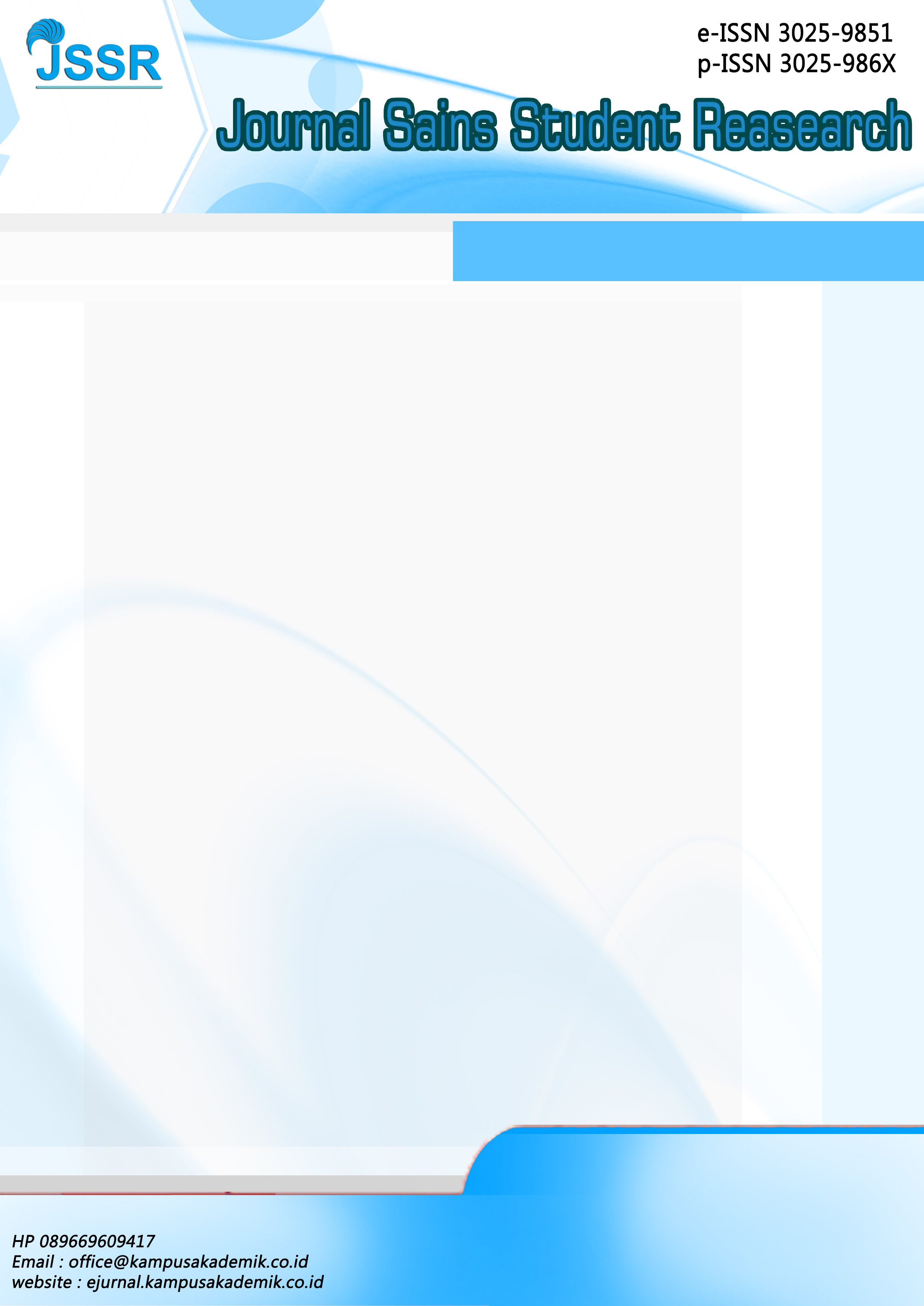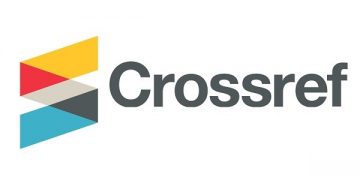INTEGRASI DATA PREFERENSI PEMBELAJARAN DAN PLATFORM DIGITAL YANG DIGUNAKAN OLEH MAHASISWA UNTUK MENINGKATKAN EFEKTIVITAS PEMBELAJARAN ONLINE
DOI:
https://doi.org/10.61722/jssr.v3i2.4405Keywords:
Data Integration, Learning preferences, Digital Platforms, Online Learning Effectiveness.Abstract
The Integration of students learning preference data with digital platforms is a strategic step in increasing the effectiveness of online learning. By understanding individual preferences, educational institutions can present more relevant and personalized content. This study aims to explore how such integration can improve student engagement and learning outcomes. However, challenges such as technological infrastructure and digital skills remain barriers. Therefore, a comprehensive strategy is needed to optimize this integration in the context of higher education in Indonesia.
References
Almahasees, Z., Mohsen, K., & Amin, M. O. (2021). Faculty’s and students’ perceptions of online learning during COVID-19. Frontiers in Education, 6, 638470. https://doi.org/10.3389/feduc.2021.638470
Anderson, T. (2008). The theory and practice of online learning (2nd ed.). Athabasca University Press.
Azizi, S. M. (2022). The role of digital learning platforms on students’ academic achievement: The mediating role of student engagement. Education and Information Technologies, 27(1), 131–155. https://doi.org/10.1007/s10639-021-10751-9
Coffield, F., Moseley, D., Hall, E., & Ecclestone, K. (2004). Learning styles and pedagogy in post-16 learning: A systematic and critical review. Learning and Skills Research Centre.
Fleming, N. D., & Baume, D. (2006). Learning styles again: VARKing up the right tree! Educational Developments, 7(4), 4–7.
Garrison, D. R., & Vaughan, N. D. (2008). Blended learning in higher education: Framework, principles, and guidelines. Jossey-Bass.
Ifenthaler, D., & Yau, J. Y. K. (2020). Utilising learning analytics to support study success in higher education: A systematic review. Educational Technology Research and Development, 68, 1961–1990. https://doi.org/10.1007/s11423-020-09788-z
Kintu, M. J., Zhu, C., & Kagambe, E. (2017). Blended learning effectiveness: the relationship between student characteristics, design features and outcomes. International Journal of Educational Technology in Higher Education, 14(7). https://doi.org/10.1186/s41239-017-0043-4
Mukhtar, K., Javed, K., Arooj, M., & Sethi, A. (2020). Advantages, limitations and recommendations for online learning during COVID-19 pandemic era. Pakistan Journal of Medical Sciences, 36(COVID19-S4), S27–S31. https://doi.org/10.12669/pjms.36.COVID19-S4.2785
Nugroho, B. S., & Suryani, L. (2021). Persepsi mahasiswa terhadap penggunaan platform e-learning. Jurnal Teknologi dan Pembelajaran, 9(2), 122–130.
Putri, D. A., & Ramadhani, R. (2022). Efektivitas pembelajaran daring terhadap minat belajar mahasiswa. Jurnal Pendidikan dan Teknologi Informasi, 5(1), 34–42.
Downloads
Published
Issue
Section
License
Copyright (c) 2025 JOURNAL SAINS STUDENT RESEARCH

This work is licensed under a Creative Commons Attribution-ShareAlike 4.0 International License.













